If we want to understand the notion of artificial money, we must analyze what the contemporary world considers to be “natural money”. From a historical point of view, natural money refers to the circulating money, whose issuance was dependent on the available resources of goods used as money (consumable goods, metals, metal coins). The “naturalness of money” in this case is mostly reflected in the notion of state money (national) as it arises from the development process described in the historical background. Currently there is a triad of money (cash, non-cash, electronic) functions in the field of transnational money. We can ask a question whether the transition from national money (natural) to trans-national money (artificial) is the next stage in the evolution of money or whether it reflects a parallel money system existing next to the system of national money. On the one hand, it is a novelty that can be compared to the emergence of electronic money which would mean a stage in evolution. On the other hand, we deal with artificial money at the stage of primeval money (barter, commodity money) because it was limitless and thus trans-national.
That is why, an introduction of a euro type currency system can be considered as a return to primeval money, which did not possess the features of international convertibility. Let us consider an example of a bull as a substitute for money. In fact, all civilizations in the world consider a bull as a domestic animal bred for slaughter. It is a product that satisfies the needs of life. In the period of natural trade, it was not only a consumption product, but it was used as an object of exchange. From this point of view it was legal tender. The parties to the transaction had to agree to this fact. Payment with bulls was accepted by the inhabitants of the Mediterranean, to a lesser extent by the inhabitants of the steppes of Euro Asia who preferred to use horses as legal tender. So naturally, a currency area came into being, although different from the current one functioning in the euro zone due to the level of formality.
As far as the “exchange of bulls” is concerned, it was a conventional plan without marking the boundaries of this artificial currency functioning, while the euro zone functions in a formal frame and results from the Maastricht Treaty signed in 1991. It was established to meet the economic conditions set by all the States wishing to join the euro zone—the so-called “convergence criteria”. This huge undertaking was prepared in a few steps:
Stage 1 – the so-called transitional period began in January 1999 when the euro was adopted as the currency of non-cash settlements by the members of the monetary union.
Stage 2 – the so-called double circulation of money began on 1 January and ended on 28 February 2002. During this time the euro was used in the EU states in parallel with national currencies which were gradually withdrawn from the market.
Stage 3 – began on 1 March 2002 when the euro became legal tender in 12 EU states.
Further expansion was seen in the following years. Currently, 19 of the 28 UE states are in the euro zone: Austria, Belgium, Cyprus, Estonia (since 01.01.2011), Finland, France, Greece, Holland, Spain, Ireland, Luxembourg, Latvia (since 2014), Lithuania (2015), Germany, Malta, Portugal, Slovenia, Slovakia, Italy. The euro zone has not yet joined 9 countries: Poland, Czech, Hungary, Denmark (ERM 2), Sweden, Great Britain, Romania and Bulgaria and Croatia (in the EU since 1 July 2013), 1 state remains in ERM 2: Denmark (since 1999). On 1 May 2004 – Cyprus, Czech, Estonia, Lithuania, Latvia, Malta, Poland, Slovakia, Slovenia and Hungary joined the EU. On 1 January 2007 the EU was joined by Bulgaria and Romania, and in 2013 Croatia. Of the 10 countries that joined the EU in 2004 only Poland, Czech and Hungary did not join ERM2. The euro has been adopted by seven countries so far: Slovenia – 2007, Cyprus, Malta – 2008, Slovakia – 2009, Estonia – 2011, Latvia 2014, Lithuania – 2015. Today Denmark remains in ARM 2- since 1999 (www.strefaeuro.pl.pl, 01.02.2016).
We should ask a question whether we can define the life stage of the euro based on the analysis of the product lifecycle. It is worthwhile to remind the product life cycle. A classic product lifecycle includes the following stages: introduction, growth, maturity reflecting full development, decline, withdrawal of an old product.
Money is a very specific product, so it would be difficult to analyze it in terms of the stage of a consumption product lifecycle. However, this model has a lot of correlations. The introduction phase of the euro in circulation in 12 EU countries in 2002 was followed by a growth phase that led to the adoption of the euro by 19 EU countries. More skeptical opinions appeared when looking at the further operation of the euro zone after the financial crises in Greece and Portugal. Various concepts of restructuring the euro area were developed, including the concept of the dissolution of the group of countries using this currency. Can we then say that the life cycle of the euro has reached maturity and will enter a phase of decline? Such a scenario is possible, although its confirmation requires detailed analysis and observations of short-term economic cycles in the countries of the euro land.
Read Also:
- Historical background Of Money
- Introduction: The Nature Of Money
- The History Of Money
- Demerits / Disadvantages Of Money
- Money: Concept, Functions and Role
- Forms Of Money
- Evolution Of Money
- Currency: What is it, How it works, and How it relates From money
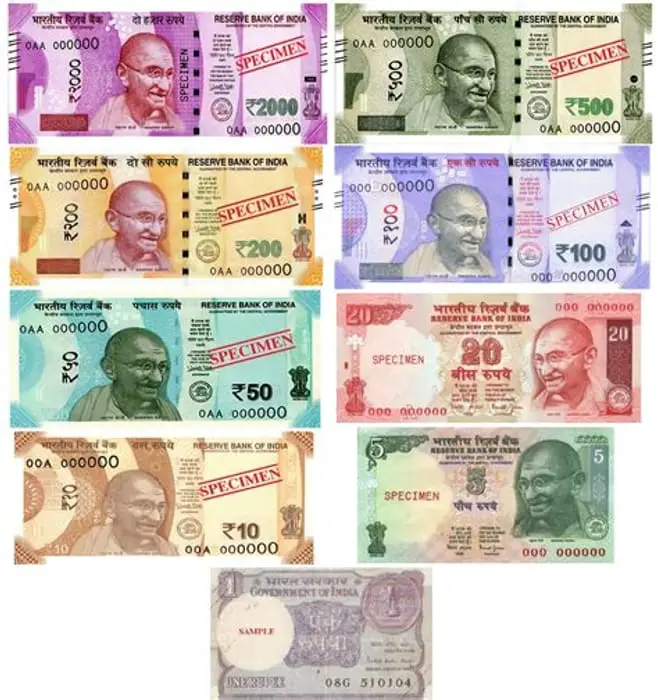

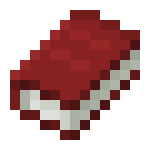
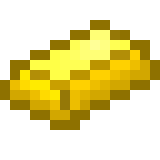
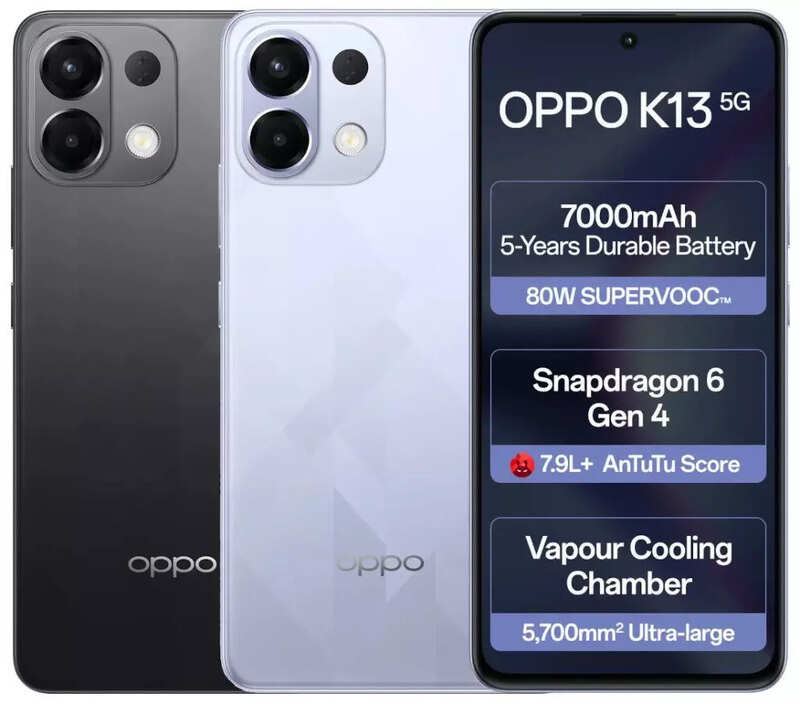

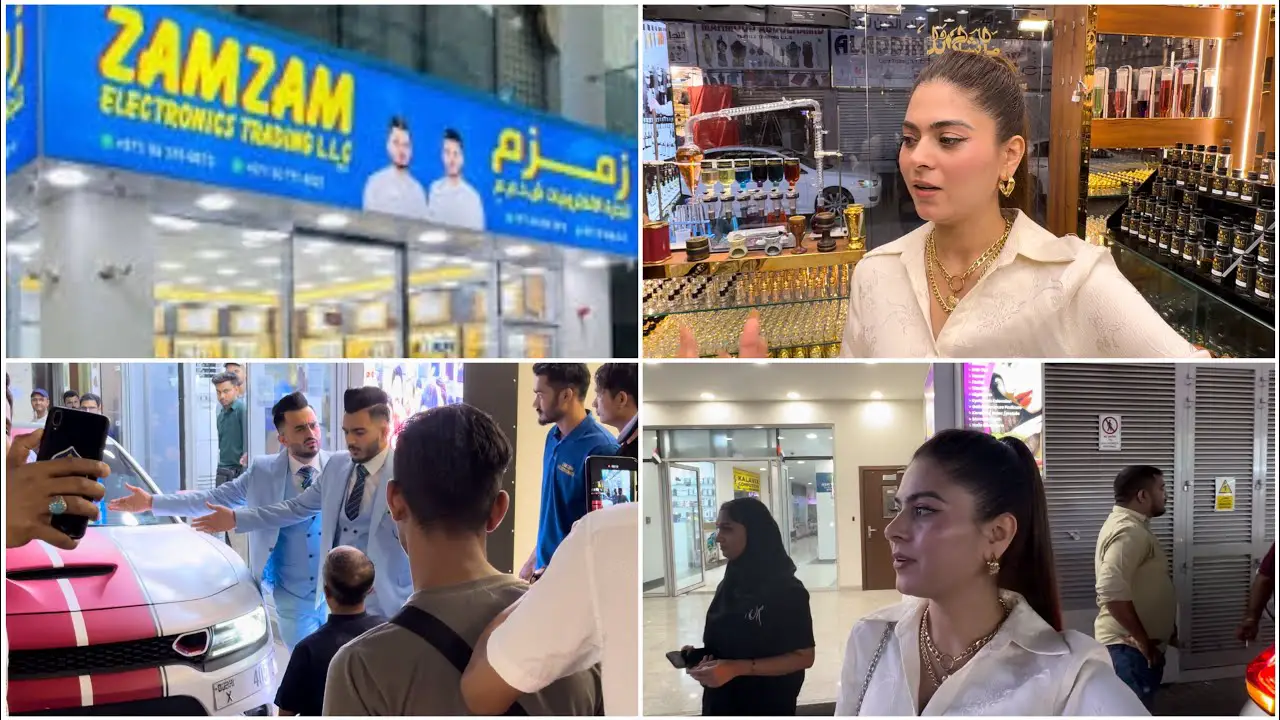

Leave a Reply